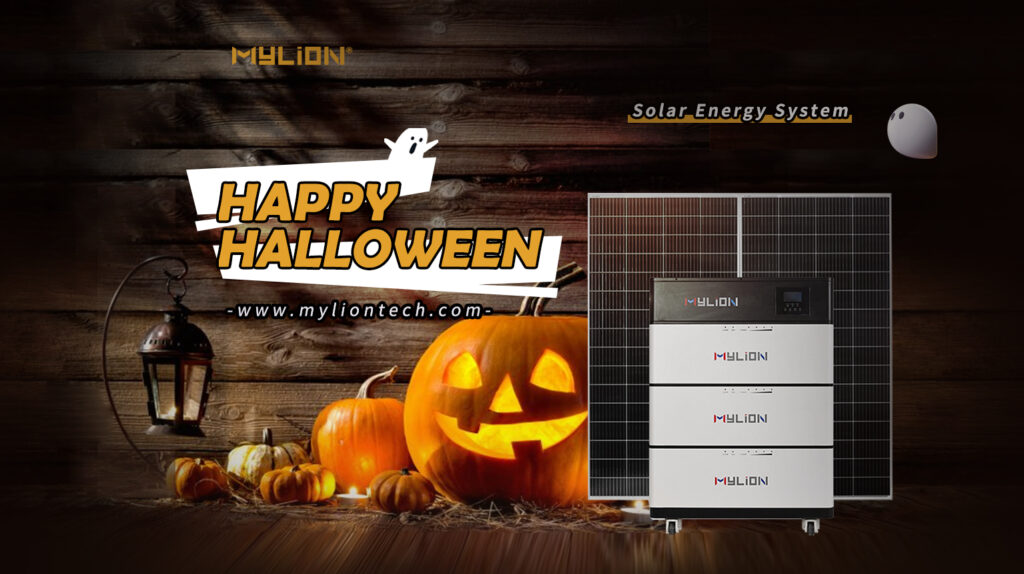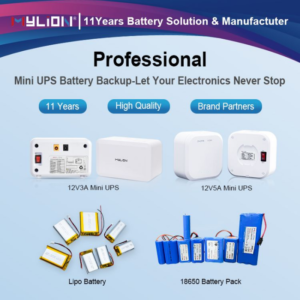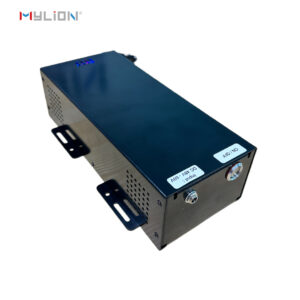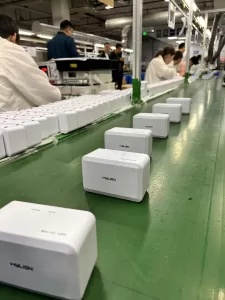With the growing demand for renewable energy sources around the globe, enthusiasm for solar systems is also growing at a staggering rate. Harnessing the sun’s energy to run the entire house is a significant environmental benefit (think about all the energy saved!). It is an excellent utilization of resources that can be used for many hours daily.
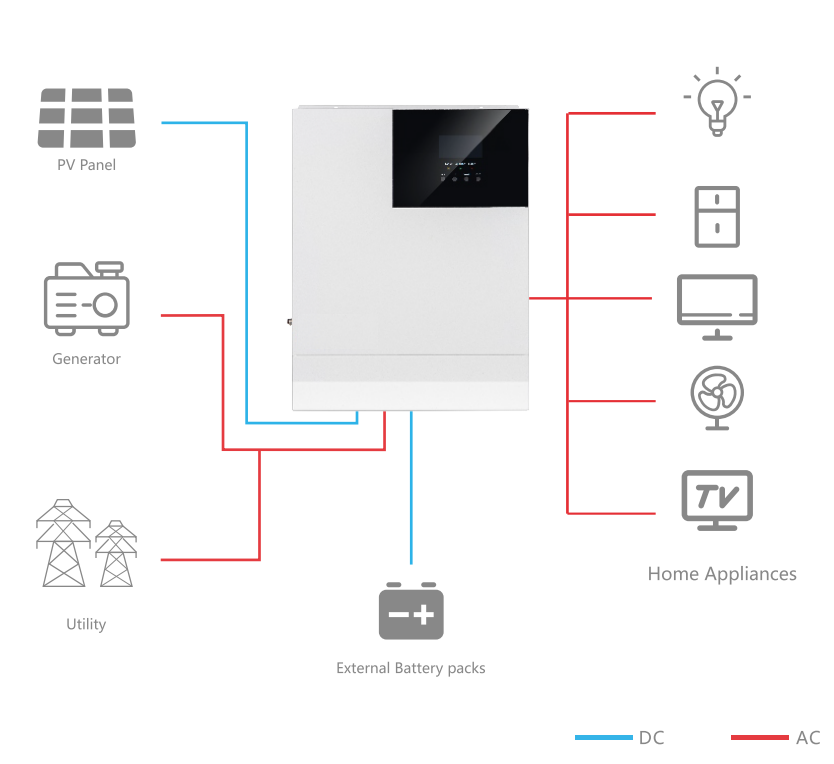
However, in the case of solar panels, do you know what they’re made of and how they operate? Solar systems comprise solar panels (or photovoltaic (PV) panels) as well as the solar Inverter (super vital) and racks that ensure everything is in position. They might also have batteries and an electric meter based on the particular system. The power output required will determine the number and kind of panels used in a system. Given how crucial and valuable solar systems can be, we’d provide a brief overview of solar inverters, their functions, and what you should look for in a high-quality solar inverter due to their significance. If you have questions after reading this article, don’t hesitate to email Mylion Solutions at +8615601782817(WA).
What is an inverter that converts solar energy?
A solar inverter is among the essential components of the solar energy system. Inverters convert the solar energy produced by solar panels into an electrical form that can be used in your office or home.
What is an inverter that is solar powered perform?
A solar inverter functions by taking the direct current variable (also known as DC output) of the solar panels and changing it into alternating 120V/240V or AC output. AC, not DC, powers appliances in your home. That’s why the solar Inverter has to alter its DC output captured by your solar panels.
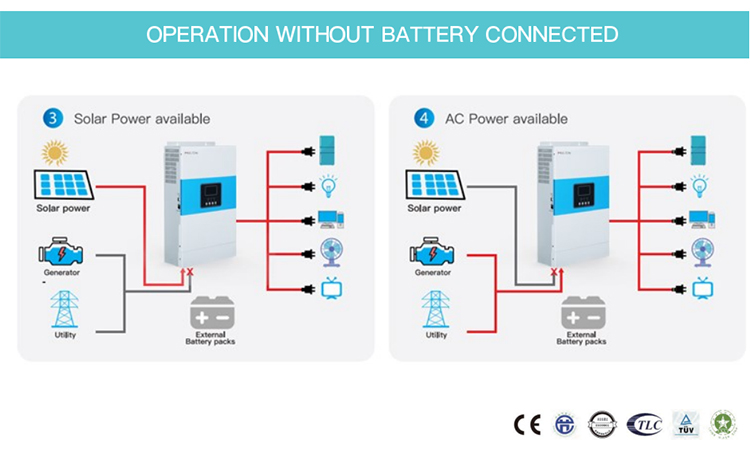
For those who want to get a bit more precise, it is said that the sun shines on solar panels (or photovoltaic (PV) cells) composed of semiconductor layers consisting of gallium arsenide and crystalline silicon. They are composed of negative and positive layers joined via an interconnection. In the event of sunlight, those semiconductor layers absorb sunlight and then transmit their energy into the solar cell. This energy travels through the cell and causes electrons to lose their position. They travel between the negative and positive layers, creating an electric current referred to as direct current (DC) when this energy is generated and saved in a storage device for future use or directly transferred through an inverter (this is dependent on the kind of system you’ve got).
When energy is sent to the Inverter, it’s in DC format, but your home will require AC. The Inverter takes the energy and then runs through a transformer, producing an AC output. In essence, the Inverter is a trick that tricks the transformer into thinking it is AC. DC can be AC by forcing it to behave as AC. The Inverter then runs its DC via two or more transducers which switch on and off extremely quickly and feed two distinct aspects to the transformer.
Solar inverters of different types
If you’ve figured out what a solar-powered inverter is and how it operates and functions, let’s examine the various kinds of inverters. There are five types of solar inverters having different benefits :
1. Battery Inverters
An inverter for batteries is ideal if you’re looking to retrofit the battery to your solar system, separate it from the solar panels, and then run it through a different inverter. Inverters convert your battery’s power into the voltage of 230V AC and then connect it to the switchboard (instead of from grid electricity) whenever possible.
2. Central Inverters
An inverter with a central circuit is massive. It is employed in systems that require hundreds of Kilowatts (or sometimes even megawatts) of power. They’re not suitable for residential use and look like massive steel cabinets, with every ‘wardrobe that can handle about 500kW in power. Commercial companies usually employ them for large-scale installations and large-scale solar farms for utility purposes.
3. Hybrid Inverters
Hybrid inverters, also referred to as multi-mode inverters, are very rare in Australia and let you connect batteries to the solar system. They interact with the batteries by the process of ‘DC coupling’ (when both the batteries and the solar system use one Inverter and the DC generated by the solar panels charges the batteries through a DC charge). Its electronics manage the charging and discharge of the storm.
4. Microinverters
The name implies that microinverters are extremely small (the size of a book!) And the proportion of solar panels to microinverters can be 1:1. One of the advantages of microinverters and other microinverters is that they can optimize each solar panel in a unique way that provides more incredible energy (especially in shaded conditions).
5. String inverters
Then but not least, There are also string inverters. Inverters made of string are the most commonly used Inverter for homes. There is typically one inverter string per solar panel installation. They are also known as string inverters’ because they are connected to a series of solar panels. It is attached to them.
What is the best Inverter for solar?
If you are considering the various inverter models, brands, and sizes, there are some items to be looking for when you are looking for top solar inverters. These include:
Do you know if the solar-powered Inverter is CEC certified?
The Clean Energy Regulator has a list of CEC-approved inverters. This is extremely important to check. Being CEC certified means it is compatible and approved for Australian conditions in accordance with the applicable Australian Standards and is high-quality. It is also worthwhile investigating the company, its history, and the length of time it’s been operating. Can they be considered experts in their area, or are they experts in a different location?
What size of solar Inverter is the best?
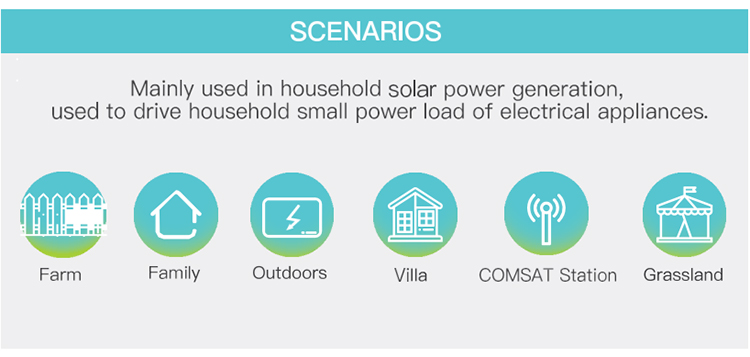
This is a question many people need clarification on. We can offer the best solution for the most precise answer: find an inverter capable of handling the full power solar power systems can generate. For instance, if you want an energy system that produces 3kW, you’ll need 3kW of panels and a 3kW solar inverter. There are exceptions to this rule, and we won’t get into them here (and they can be very confusing! ).
Does it weatherproof for the Inverter that powers solar?
This is a crucial aspect to take into consideration when considering the location where your Inverter is placed. Suppose it’s weatherproof, which gives you more flexibility in the area. Still, you might need to purchase a weatherproof cage to protect it (but it will cost you more). The rule of thumb is that the more secure an inverter for solar, the lengthier it’ll last and the more efficient it will be. Examine details of solar inverters you are interested in and talk with the solar installation company to determine where they intend to put the Inverter.
The display of the solar Inverter
Look at your solar Inverter’s display and discover how much information is accessible to view directly on your Inverter or if you can monitor it remotely (for instance, from a console located in the room you live in). The information available on display include:
How long has it been producing power?
The number of Kilowatts (kW) this system currently produces
Amount of electricity (kilowatt hours) per day the system generates
The amount of power (kilowatt hours) the system has developed since the system was installed.
There are remote options for a computer or mobile devices. It all is dependent on your budget and requirements regarding the display.
Be sure to read the specifications of solar inverters with care. They are evaluated by DC input and AC output’. So make sure you select a model that is suitable for your requirements.
Solar Inverter Garantie
This is an important one! Inverters that are connected to grids typically last between 10 and 20 years, and (realistically) it is expected that they will be able to last for ten years at a minimum. The Inverter you choose to buy a warranty typically lasts between 5-12 years. There are also extension options at an additional cost. Look over the model you want and its features and then weigh the necessity of a more extended warranty than that available – keep in mind that the longer the contract is, the better protection you get.
Can I extend the capacity of my solar Inverter?
It is essential if you plan to extend your solar array shortly. Talking with a solar electrician about this is recommended since the amount you need will depend on many aspects (too numerous to mention here! ).
Are you planning to join the grid?
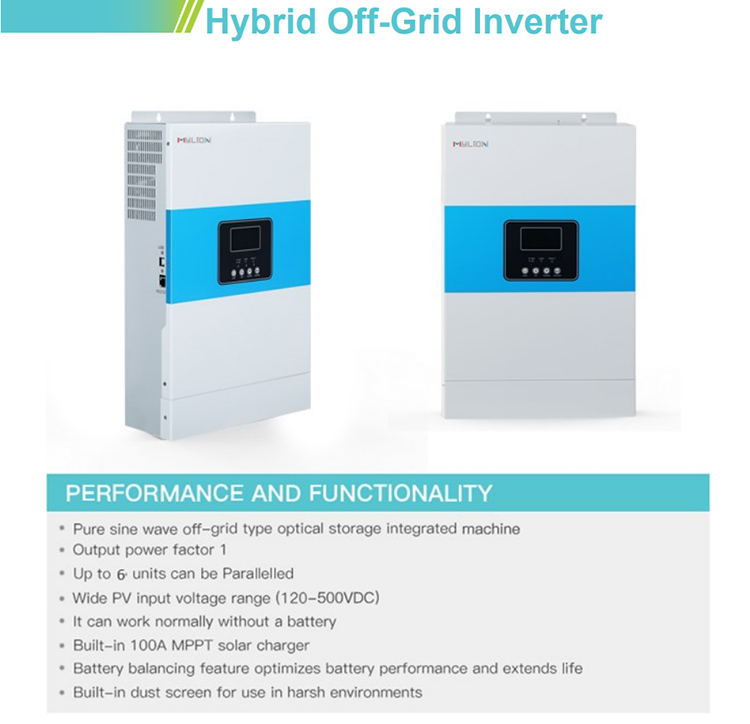
If you plan to connect to the grid (where the energy generated by your solar panels will be sent to your home or the primary grid of energy), be sure to review solar inverters that have an efficiency of at minimum 93 percent (transformer-based) (transformer-based) or 95 percent (transformerless). This is the standard efficiency of the majority of high-quality inverter models.
What is the amount I should pay?
This is the most complicated one, and we cannot give an exact solution. It is all about the requirements of your needs regarding the amount you will be required to pay, and the prices range between $800.00 to $5,000.00 and more. We do not buy the lowest-priced choice. They last only a short time. You’ll purchase a new inverter before you’re ready to buy the most economical option.
Your qualified solar inverter supplier
If you have any queries or concerns, you can call Mylion Solutions at +8615601782817(WA) or Book Online today. We’re the experts for all your electrical needs So, get in touch today!

